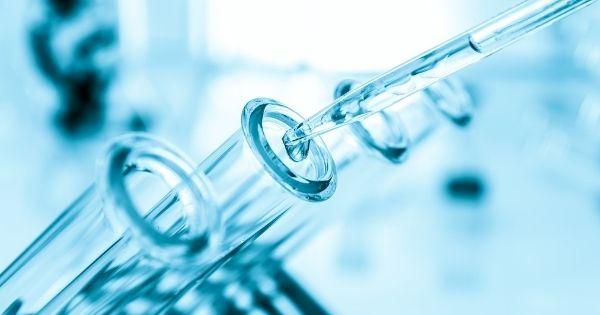
Chemical compounds are scarcely one hundred percent pure in nature. When undergoing separation or chemical reactions for analysis in the laboratory, compounds may also become contaminated by other groupings of molecules or adulterations. For this reason, purification is a critical and necessary step to ensure superior purity standards, especially for the new drug discovery and development process.
(more…)
Carefully organized and conducted clinical trials are the foundation of leading medical research and drug development today. When set up correctly, these trials have the unique ability to provide critical information on the safety, efficiency, and clinical value of a potential treatment or product.
(more…)
How does radioactivity impact our modern world? Since life’s earliest estimated beginnings, all living organisms have been exposed to various sources of naturally-occurring background radiation. This type of radiation appears either from the cosmic rays in the sky or the soil and rock of the earth.
(more…)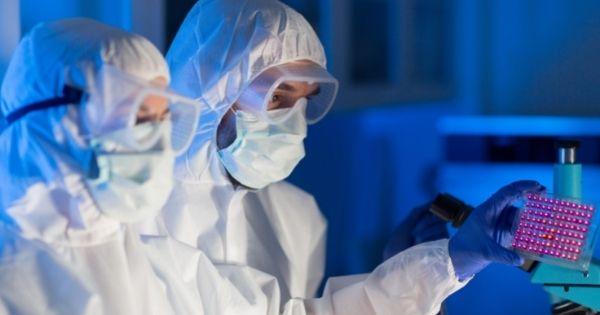
What is radiochemistry, and why do we need it? Radiochemistry—also known as radiation chemistry or nuclear chemistry—is a branch of chemistry concerned with facets of radioactive phenomena. This study explores and analyzes the physical and chemical properties of elements found on the periodic table.
(more…)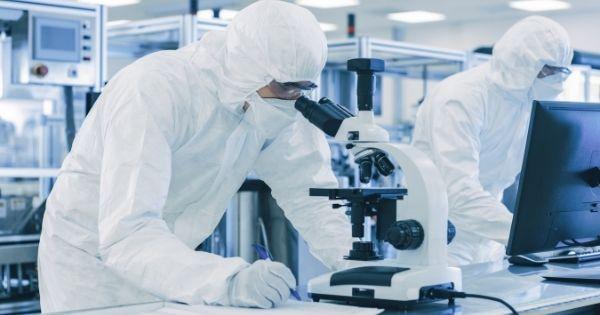
Eradicating the risk of anomalous results is the main objective of a quality management system. Quality control and quality assurance programs aim to provide precise results by practiced policies, processes, and procedures. In particular, the role of internal quality control (QC) is to ensure that the quality of results produced via laboratory testing meets standards consistently.
(more…)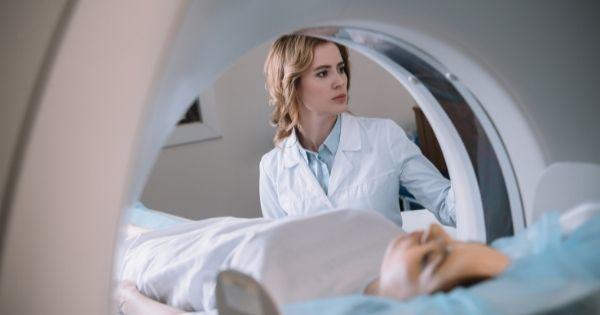
Nuclear magnetic resonance (NMR) is a specialized form of spectroscopy with far-extending applications in an array of physical sciences. Spectroscopy involves the study of the absorption and release of light and other radioactive properties by matter. Spectroscopic techniques are applicable in essentially every technical sector of the primary sciences—all the while, nuclear magnetic resonance analysis has a particularly significant role in the field of chemistry.
(more…)
Those knowledgeable in the scientific field of chemistry understand the genuine nature of chemical synthesis. As the foundation of newfound and complex compound discovery, organic chemical production is a process at the heart of the majority of chemistry-related research. Synthesis projects are key for a wide range of industries, furthering branches of knowledge and ultimately changing lives for the better.
(more…)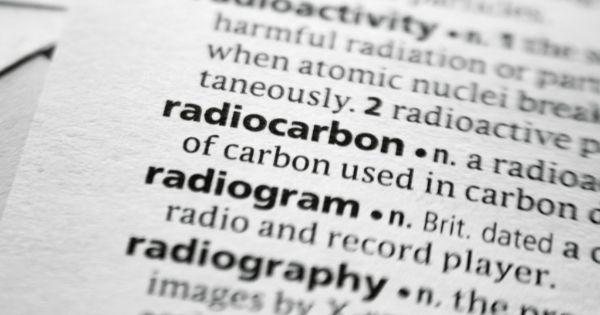
Nothing is more critical to science than the endeavor of research. For biomedical research purposes, we turn to the application of radioactive isotopes. Each isotope has unique properties—characteristics that provide value to a wide array of industry-related applications. Carbon-14 is the radioisotope of the sixth element on the periodic table, and the carbon variant stands proudly on its own as a radioactive marker.
(more…)
Carbon is one of the most abundant elements existing on our planet—one’s existence that humanity’s known about since ancient times. Many of the millions of identifiable carbon compounds in the world are essential to life as we know it. Matter-of-fact, an entire branch of chemistry exclusively devotes its studies to carbon-containing compound composition and reaction: organic chemistry.
(more…)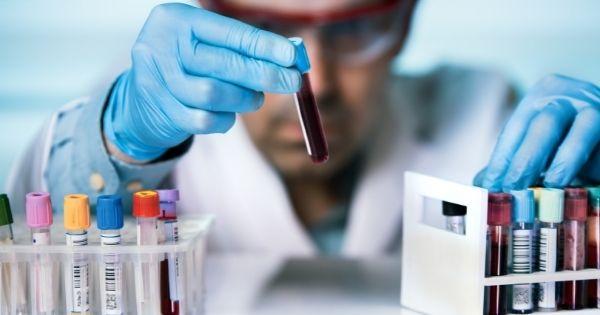
Analytical testing—also known as materials testing—is pivotal for present-day scientific studies and materials production. By applying the optimal approaches and methodologies within a laboratory environment, analytical testing solves a number of unique challenges in complex focus areas.
(more…)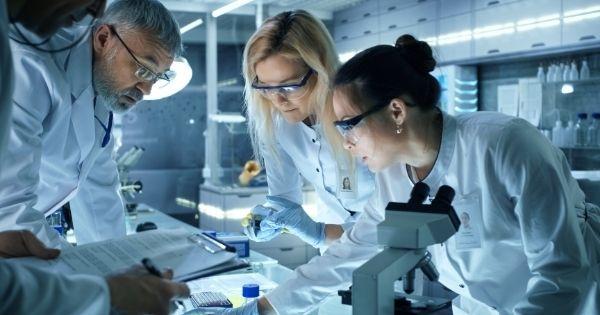
Nuclear medicine differs greatly from other sectors and specialties in the modern medical field for one reason: the utilization of radiolabeled compounds. Radioisotopes have common uses in medical research, pharmaceutical development, and the diagnosis and treatment of a wide array of diseases.
Radiolabeling is a critical discovery technique that allows researchers to track molecule passages in the human body through radioactivity. Radiochemists expertly label the reactant by swapping out specific isotopes in an investigational atom with a radioisotope—allowing scientists to trace its metabolic distribution in the body. Let’s examine the past, present, and future of this pioneering approach. Here is a brief history of radiolabeling in medical research.
(more…)
What are the fundamentals of radiochemistry? This innovative branch of chemistry studies radioactive elements alongside their properties and reactions. Essentially, each chemical element on the periodic table contains at least one isotope in its atomic anatomy. An atom with an unstable nucleus is known as a radioisotope. These unstable isotopes emit radiation and are ideal for use in a variety of radiochemical methods.
(more…)